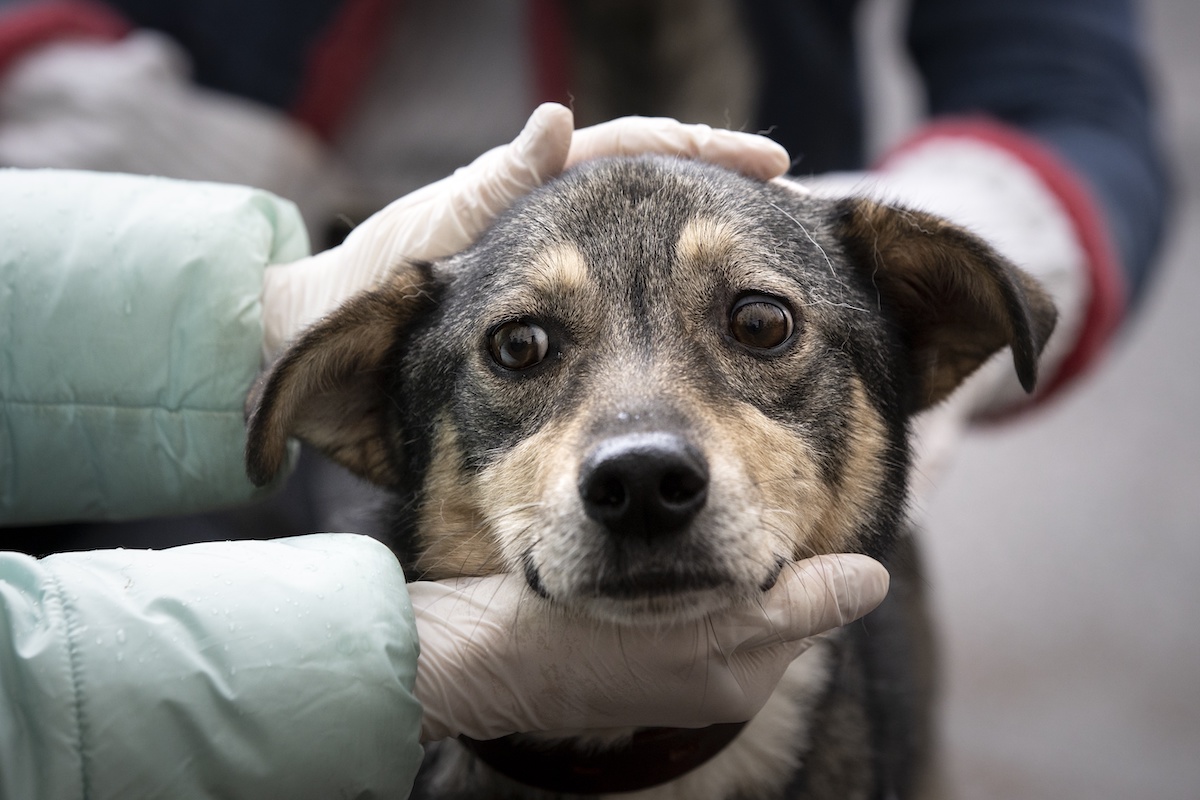As COVID-19 vaccines continue their rollout across the world, Russia has registered the first COVID-19 vaccine for animals, which will hopefully prevent the virus from mutating beyond the control of current vaccines such as Pfizer and Moderna’s.
The vaccine, which is named Carnivak-Cov, finally exited its five-month phase of clinical trials, with Russia officially registering and announcing the vaccine on March 31.
The existence of a COVID-19 vaccine for animals may confuse some, as most animals aren’t capable of being infected by the virus, and even fewer have shown signs of a significant infection. According to Ohio State University, cases of COVID-19 have only been confirmed within dogs, cats and ferrets, with such cases being exceedingly rare and resulting in mild to no signs of clinical illness. However, with the World Health Organization (WHO) recently uncovering more evidence the virus is indeed zoonotic, there is a possibility that increased transmission between animal species could result in new mutations of the virus.
According to the Centers for Disease Control and Prevention (CDC), the severity of animal-to-human transmission of COVID-19 is unknown but considered to be relatively low, particularly in comparison to human-to-human transmission of the virus. Human-to-animal transmission, on the other hand, is much more likely. Russia’s Carnivak-Cov vaccine was tested on species such as dogs, cats, minks and foxes—all species that have seen the most COVID-19 cases—but other animals are also vulnerable to the novel virus, such as tigers and gorillas. Most animal cases of COVID-19, like the San Diego Zoo’s infected gorillas this past January, are caused by transmission from humans in the proximity of animals.
The vaccination of more susceptible or vulnerable animal species could prevent new and dangerous mutations from cropping up and disrupting human immunity from vaccines. According to a survey of epidemiologists performed by The People’s Vaccine Alliance, two-thirds of epidemiologists believe COVID-19 mutations could render vaccines completely ineffective and useless within only a year. Although some vaccines like Pfizer’s are capable of handling some new coronavirus strains, zoonotic transmission still poses a significant threat to the long-term integrity of immunity against the virus. New boosters for many COVID-19 vaccines designed to fight against novel strains are currently in the clinical trial phases, according to CNBC.
According to Konstantin Savenkov, deputy head of the Russia’s Federal Service for Veterinary and Phytosanitary Surveillance (also known as the Rosselkhoznadzor), Carnivak-Cov developed antibodies in all vaccinated animals during clinical trials, and that the effects of the vaccine are estimated to last for six months at minimum, as reported by CNN. Mass production of the vaccine could start as early as this month. Despite promising results, some experts at the Rosselkhoznadzor have deemed widespread inoculation of animals with Carnivak-Cov as being unnecessary, due to the negligible transmission of the virus between humans and animals.
“Experts of the Rosselkhoznadzor see no need in sweeping vaccination of domestic animals because risks of people being infected with COVID-19 from animals are actually negligible and no such official and scientifically proven cases have been registered,” said Yulia Melano, adviser to the head of the Rosselkhoznadzor, to Russian state news agency TASS on March 31. “In case threats occur…we will have efficient resources to eliminate them, including through vaccination.”
The Rosselkhoznadzor noted the domestic fur industry as a significant vector for zoonotic transmission as well as a potential scenario to which Carnivak-Cov could be applied. The most significant and damaging instances of zoonotic transmission of COVID-19 have occurred in the mink farming sector, which was hit hard last year after hundreds of outbreaks across Denmark and the Netherlands. Widespread infection of mink herds across Denmark forced the country to cull their entire population of 17 million minks, a move that was both devastating to the fur economy and to the mink species. Danish lawmakers later voted to ban mink farming until the end of 2021 or until the pandemic has subsided.
Oregon itself is an active participant in the mink industry. One of the state’s 11 mink farms had an outbreak of its own last November and was placed under quarantine by the Oregon Department of Agriculture. Last December, an escaped mink from another Oregon farm tested positive for COVID-19, concerning officials who say that escaped minks could spread the virus to other animals.
“Mink are related to a range of other species…so we know that escaped mink or mink factory farms themselves can oppose disease risks for wild animals,” said Jonathan Evans, legal director at the Center for Biological Diversity to OPB. “Government officials really need to be reporting more about where these disease outbreaks are occurring…and reporting that information in real time to the public.”
Tens of thousands of mink across the United States have died after contracting COVID-19, and mass shallow graves in Europe caused dead “zombie minks” to rise up from the ground in November. Similarly to Denmark, Oregon has proposed their own legislature to ban mink farming by the end of the year. Unlike Denmark, this ban would be a permanent one, shuttering the state’s 11 mink farms in what would be the first mink farming ban in the U.S.
“Here in Oregon, we know the threat of diseased farmed mink escaping and putting wild animals at risk is very real, because it happened just last month,” said Lori Ann Burd, environmental health director at the Center for Biological Diversity in a Feb. 25 press release. “The truth is, this industry poses a grave threat to wild animals and public health and should no longer be allowed to operate in Oregon.”






